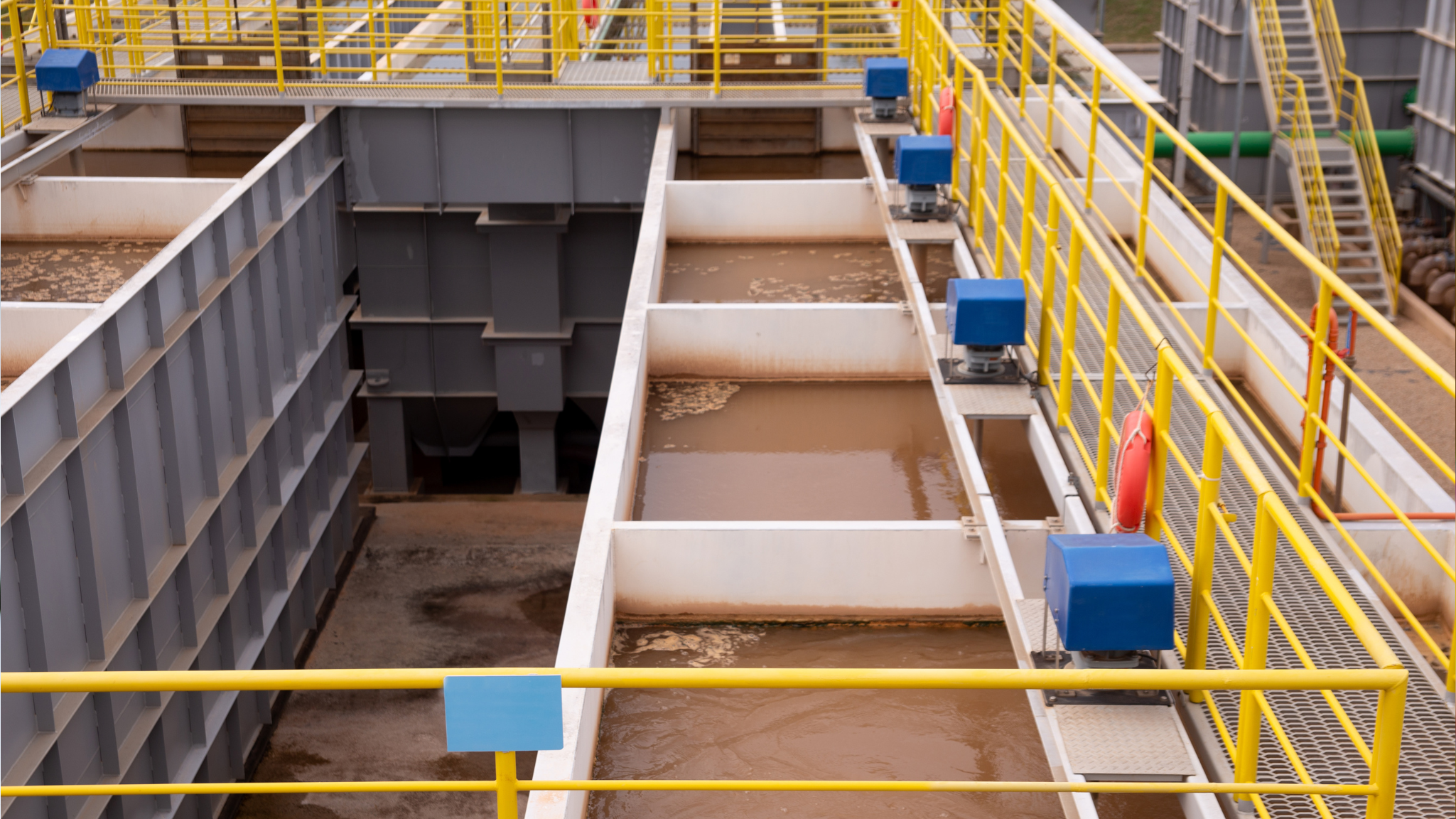Table of Contents

Treatment Efficiency
Understanding Coagulation
What is Coagulation?
Coagulation, in the context of water involves the introduction of coagulants to the water, kickstarting a process where suspended particles and contaminants bind together to form larger agglomerates.
The Significance of Coagulation in Water Treatment
Coagulation isn’t just a step; it’s a cornerstone. The process aids in the removal of particles that contribute to water cloudiness, ultimately leading to water that is visually clearer and safer for consumption and various applications.
Types of Coagulants
Inorganic
Aluminum Sulfate (Alum)
Alum, a stalwart in the water treatment realm, boasts wide usage due to its cost-effectiveness. It swiftly forms dense flocs, facilitating rapid solid-liquid separation. This coagulant shines when dealing with water characterized by high turbidity.
Ferric Chloride
With its efficacy even at low dosages, ferric chloride takes the spotlight in efficient coagulation. Notably, it excels in eliminating phosphates and color from water, contributing to improved water quality.
Poly Aluminum Chloride (PAC)
PAC, a versatile contender, showcases remarkable performance across a broad pH spectrum. Its ability to form larger flocs aids in efficient settling, and the reduced sludge production, thanks to its high charge density, is an added boon.
Organic Coagulation
Polyelectrolytes
Polyelectrolytes, heralding efficiency with minimal dosages, are champions in treating wastewater with low turbidity. They play a vital role in enhancing filterability, but careful dosage control is paramount to prevent over coagulation.
Cationic Polymers
In the realm of neutralizing negatively charged particles, cationic polymers reign supreme. Their influence extends to augmenting solid-liquid separation and enhancing filterability. However, the fine balance of dosage adjustment is key to preventing overdosing.
Composite Coagulants
Composite Inorganic Polymer Co-agulants
Composite inorganic polymer coagulants merge the strengths of both inorganic and organic counterparts. They demonstrate efficacy across a wide range of water qualities and contribute to the reduction of sludge volume, a win-win scenario.
Benefits
Enhanced Particle Removal
Coagulants execute a remarkable feat – they neutralize particle charges, compelling particles to conglomerate and form sizable flocs that can be effortlessly eliminated.
Turbidity Reduction
Bid farewell to water turbidity. Coagulants excel in extracting suspended particles, leading to water that is not only clearer but also visually appealing.
Color Removal
In the case of unwanted hues marring your water’s aesthetics, certain coagulants, like ferric chloride, emerge as effective allies, ridding the water of unwelcome colors.
Pathogen Removal
Embracing coagulation can translate into parting ways with pathogens and microorganisms that lurk in the water, contributing to overall water safety.
Improved Filter Efficiency
Coagulation’s magic extends to downstream filtration processes. By initiating effective coagulation, the efficiency of these processes receives a notable boost.
Enhanced Settling
Co-agulants prove to be adept at promoting the settling of flocs, a process that paves the way for efficient separation of solids from liquids.
Sludge Volume Reduction
Some coagulants hold the secret to crafting denser flocs, which, in turn, translates into a reduction in the volume of sludge generated—a boon for waste management.
pH Adjustment
Inorganic coagulants flex their versatility by contributing to pH adjustment, rendering a holistic approach to water treatment.
Selecting the Appropriate Coagulant
Factors Influencing Coagulant Selection
The composition of water, treatment goals, and cost considerations all weigh in when determining the fitting coagulant for the task at hand.
Conducting Thorough Testing
Precision matters. Thorough testing is indispensable in pinpointing the coagulant that aligns perfectly with your specific water treatment requirements.
Harnessing Coagulant Power
Achieving Treatment Efficiency
Coagulants aren’t just substances; they’re agents of efficiency. By choosing the right coagulant and employing it skillfully, water treatment facilities can achieve optimal results.
Producing High-Quality Purified Water
Water, once clouded and impure, transforms under the influence of coagulants into a pristine resource, ready to meet a myriad of needs with its newfound clarity and quality.
Frequently Asked Questions
What exactly are coagulants?
Coagulants are substances employed in water treatment to facilitate the aggregation and settling of suspended particles and contaminants.
How do coagulants improve water clarity?
Coagulants neutralize particle charges, causing them to clump together and form larger flocs, which can then be easily removed from the water.
What role do composite coagulants play in water treatment?
Composite combine the advantages of both inorganic
and organic coagulants, making them highly effective across a wide range of water qualities.
How is the right coagulant determined for a specific water source?
Factors like the composition of the water, treatment goals, and cost considerations are pivotal in determining the most suitable coagulant.
Can coagulating contribute to pH adjustment in water?
Yes, inorganic it can also aid in adjusting the pH of water as part of the overall treatment process.
Conclusion
In the world of water treatment, coagulants are the unsung heroes transforming murky water into pure clarity. With diverse options like aluminum sulfate, ferric chloride, and more, they pave the way from cloudy to crystal-clear water. Inorganics excel in rapid aggregation, organics showcase efficiency, while composite co-agulants offer holistic solutions. Experience enhanced water quality through particle removal, reduced turbidity, color elimination, and pathogen banishment. Coagulants play a crucial role in filtration efficiency and sludge reduction, making optimal water treatment achievable
Remember, the journey doesn’t end with coagulation; it begins. The journey to producing high-quality, purified water that is not just suitable for consumption, but for a myriad of applications, becomes achievable through the strategic utilization. As we conclude this exploration, let’s embrace the power of co-agulants—a power that converts challenges into solutions, and murkiness into clarity, contributing to a safer and healthier world of water.




1 Comment
Dive into the vast universe of EVE Online. Become a legend today. Explore alongside millions of players worldwide. Start playing for free